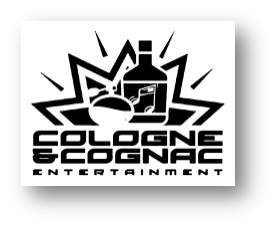Noting how rare it is for trademark infringement cases to be decided on summary judgment, the US Court of Appeals for the Ninth Circuit affirmed a district court’s grant of summary judgment finding that the plaintiff law firm failed to establish a likelihood of consumer confusion by virtue of the defendant’s purchase of a keyword search term. Lerner & Rowe PC v. Brown, Engstrand & Shely, LLC, et al., Case No. 23-16060 (9th Cir. Oct. 22, 2024) (Desai, de Alba, JJ.; Chen, Dist. J, sitting by designation) (Desai, J., concurring).
The parties in this matter are rival personal injury law firms based in Arizona. Lerner & Rowe, PC, is the larger of the two firms. It has 19 offices and has spent more than $100 million promoting its brand and trademarks in the state. Brown, Engstrand & Shely, LLC, does business as The Accident Law Group (ALG). From 2015 to 2021, ALG engaged in an internet advertising strategy called “conquesting,” whereby companies promote themselves to potential customers who search for a competitor on the internet. ALG purchased the term “Lerner & Rowe” as a keyword search term so that whenever someone searched for that term, ALG’s advertisements would appear near the top of the search results list. The ALG advertisements themselves never included the term “Lerner & Rowe.”
In 2021 Lerner & Rowe filed a complaint alleging federal and state trademark infringement, unfair competition, and unjust enrichment claims. In 2023 the district court granted summary judgment in favor of ALG as to the trademark infringement and unjust enrichment claims but denied summary judgment on the unfair competition claims. ALG moved for reconsideration, and the district court subsequently granted summary judgment as to all the claims. Lerner & Rowe appealed.
Because there was no dispute that Lerner & Rowe had a protectable interest in its marks, the Ninth Circuit’s trademark infringement analysis focused on assessing the likelihood of consumer confusion. At issue here was “initial interest confusion,” confusion that arises when an alleged infringer uses a competitor’s mark to direct attention to its own product. The Ninth Circuit used the four-factor test articulated in its 2011 decision in Network Automation v. Advanced Sys. Concepts to analyze likelihood of confusion in a keyword advertising context:
- Strength of the mark.
- Evidence of actual confusion.
- Type of goods and degree of care likely to be exercised by the purchaser.
- Labeling and appearance of the advertisements and the surrounding context on the screen displaying the results page.
Other less relevant factors include “the proximity of the goods, similarity of the marks, marketing channels used, defendant’s intent in selecting the mark, and likelihood of expansion of the product lines.”
The Ninth Circuit found, and ALG did not dispute, that Lerner & Rowe’s mark was strong, but the Court concluded that the other three factors favored ALG. As to evidence of actual confusion, Lerner & Rowe offered 236 phone calls received by ALG in which the caller mentioned Lerner & Rowe by name when asked [...]
Continue Reading
read more

 Subscribe
Subscribe



